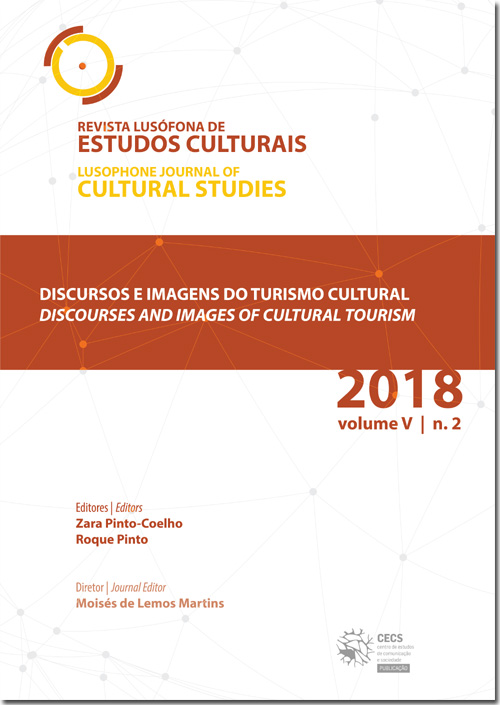The construction and perception of cultural tourism images and brands. A case study from Toledo (Spain)
DOI:
https://doi.org/10.21814/rlec.337Keywords:
Cultural tourism, geography of tourism, heritage, tourism brand, Toledo, tourist imageAbstract
Cities are now up for sale. They are a commercial product, each with its own distinct brand and image. Urban centres have been transformed into tourism destinations that compete with each other. It is essential for cultural tourism cities to construct a prestigious brand and a public image that shows them in the best possible light. These are the elements that attract visitors. Tourists choose the places to visit mainly on the basis of their perception of each destination’s image and brand. However, these representations of cultural tourism are ultimately stereotypical images, based on a partial and subjective selection of history and heritage. In this article, we study the process of construction of cultural tourism images in one of the Iberian Peninsula’s main destinations – Toledo. The article also analyses visitors’ perception of this public image and its influence when it comes to choosing a destination. The methodology used, after a literature review and compilation of information on Toledo’s promotional image, is based on empirical analysis of surveys. The article demonstrates that Toledo has a stereotypical image and brand, based on a partial view of its history and the picturesque dimension of its heritage. It is this representation that attracts the vast majority of visitors to the city. On the other hand, the real city is disappearing, in terms of both the promotional image of Toledo, and in the perceptions of tourists and visitors. The stereotypical image and commercialisation of the city as a cultural tourism destination is now the prevailing force.
Downloads
Downloads
Published
How to Cite
Issue
Section
License
Authors own the copyright, providing the journal with the right of first publication. The work is licensed under a Creative Commons - Atribuição 4.0 Internacional License.












